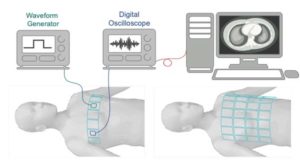Contactless non-invasive imaging using a metamaterial array

Applications: Medical diagnostics, 3D printing, Sensing equipment
| Features | Benefits |
|
|
|
|
|
|
|
|
|
|
Available for:
- Licensing
- Co-development
- Consulting
about this technology
© Oxford University Innovation

